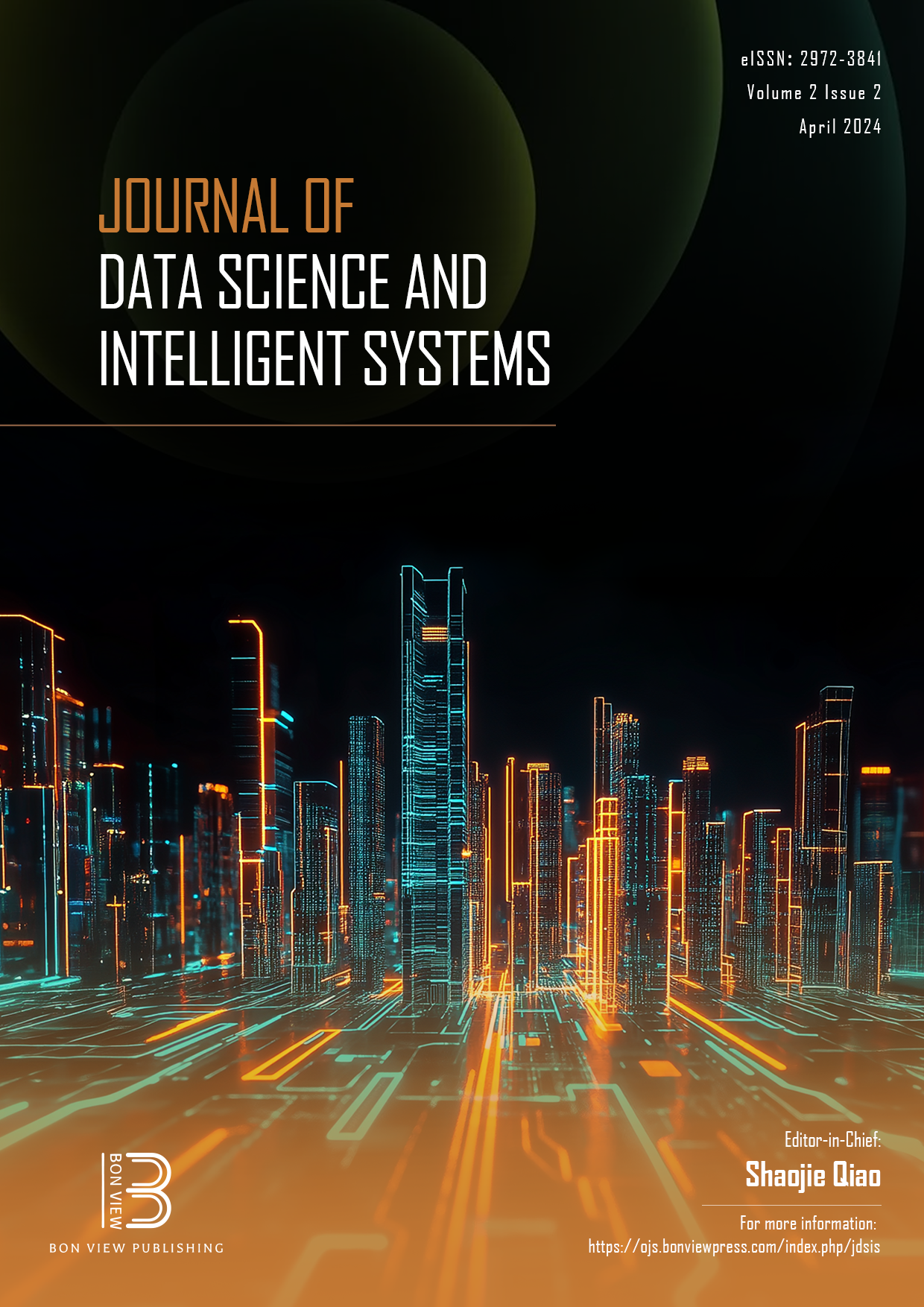A Comparative Analysis of Feature Eliminator Methods to Improve Machine Learning Phishing Detection
DOI:
https://doi.org/10.47852/bonviewJDSIS32021736Keywords:
binary visualization, phishing detection, spam, feature elimination, machine learningAbstract
This Machine-learning-based phishing detection employs statistical models and algorithms to assess and recognise phishing attacks. These algorithms can learn patterns and features that distinguish between phishing and non-phishing attacks once they are trained on vast amounts of data from both types of cases. Phishing detection systems can quickly evaluate considerable data, identify possible phishing attempts, and warn users of potential dangers. Machine-learning-based phishing detection systems have the potential to continuously improve their accuracy over time through ongoing feature refinement, iterative model evaluation, and algorithm optimization. In contrast to conventional techniques, these systems offer a more effective and efficient approach to identifying and mitigating phishing attacks. This research critically analyzes existing literature on phishing detection, aiming to identify all proposed features and determine the critical ones necessary for accurate and fast phishing attack detection. By eliminating unnecessary overhead, this research enhances our understanding of feature eliminator methods and their role in improving machine learning-based phishing detection. The findings would contribute to the development of more robust cybersecurity measures to combat phishing attacks, as well as advance the field's knowledge and application of machine learning in detecting and mitigating such threats. The study highlights the importance of feature selection and optimization in achieving accurate and efficient phishing detection, ultimately strengthening the overall security posture of organizations and individuals against phishing attacks.
Received: 15 September 2023 | Revised: 7 November 2023 | Accepted: 4 December 2023
Conflicts of Interest
The authors declare that they have no conflicts of interest to this work.
Data Availability Statement
The data that support the findings of this study are openly available in [PhishTank] at https://phishtank.org.
Downloads
Published
Issue
Section
License
Copyright (c) 2023 Authors

This work is licensed under a Creative Commons Attribution 4.0 International License.


